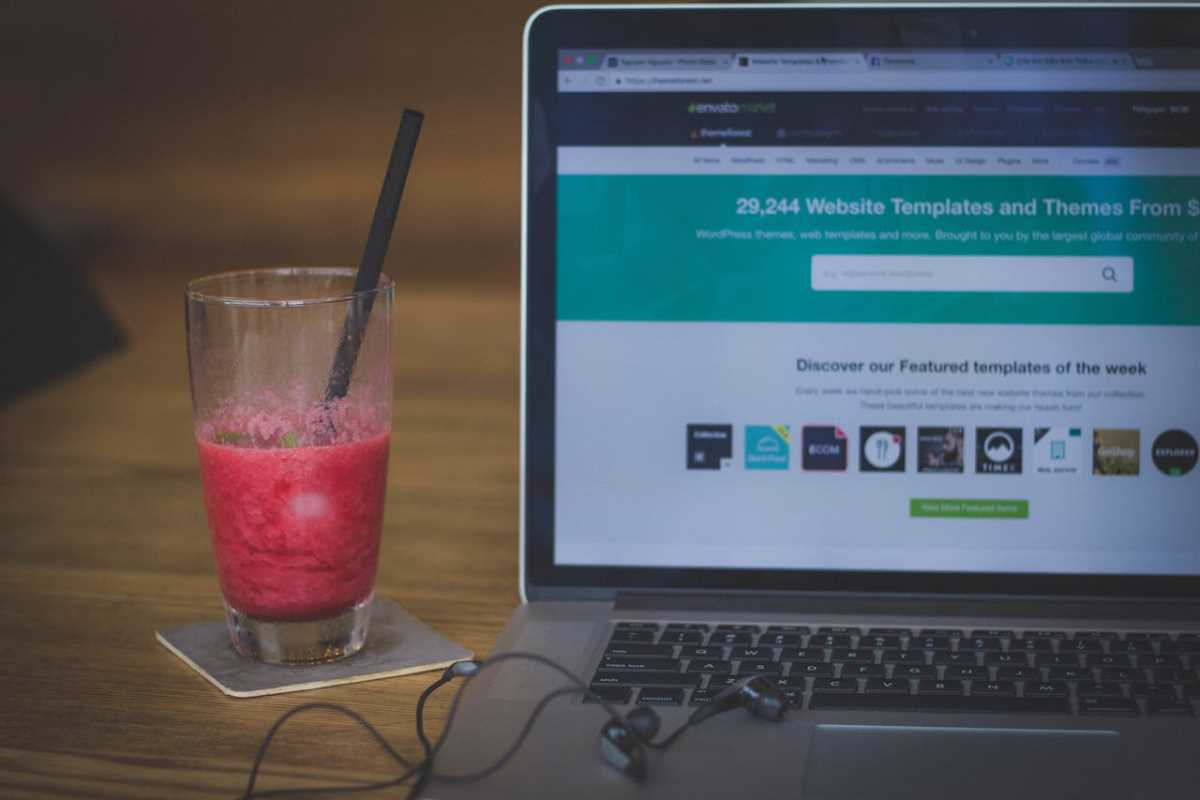Your website is your digital storefront. It works around the clock to attract visitors, showcase your brand, and turn browsers into buyers. But small, overlooked errors can create significant friction, causing potential customers to leave your site and never return. These common website mistakes act as roadblocks on the path to purchase, directly impacting your sales and growth. Identifying and fixing these issues is one of the most effective ways to improve your bottom line. We're breaking down the critical errors that are costing you conversions and showing you how to fix them, starting today. This guide gives you the tools to transform your site into a high-performing sales engine.
The High Cost of a Slow Website
Page speed is no longer a minor detail. It is a critical factor in user experience and conversions. Modern internet users expect websites to load almost instantly. Studies show that even a one-second delay in page load time can lead to a 7% reduction in conversions. For a business, that translates directly into lost revenue.
A slow website creates immediate frustration. Visitors will not wait around for a lagging page to load; they will simply click the "back" button and go to a competitor. This action, known as a "bounce," sends a negative signal to search engines like Google, which can harm your SEO rankings over time.
How to Fix It:
- Compress Your Images: Large, unoptimized image files are the number one cause of slow websites. Before uploading any images, use a free online tool like TinyPNG or Squoosh. These tools dramatically reduce file size without a noticeable loss in quality.
- Enable Browser Caching: Caching stores parts of your website on a visitor’s device. This means that for returning visitors, the site doesn’t have to load every single element from scratch, making load times much faster. Most website platforms, like WordPress, offer simple plugins to enable caching.
- Choose a Quality Host: Your web hosting service is the foundation of your website's performance. The cheapest hosting plan is rarely the best option. Invest in a reputable hosting provider known for speed and reliability.
You can test your site's performance for free using Google's PageSpeed Insights. It gives you a clear score and provides specific recommendations for improvement.
Confusing Navigation Drives Users Away
Imagine walking into a large store with no signs or clear aisles. You would quickly become frustrated and leave. The same principle applies to your website. If visitors cannot easily find what they are looking for, they will not stick around. Confusing navigation is a major conversion killer.
Your site's navigation menu should be simple, logical, and intuitive. It needs to guide users effortlessly to the most important pages, such as your products, services, and contact information. An overly complicated or cluttered menu leads to decision fatigue and causes visitors to abandon their search.
How to Fix It:
- Simplify Your Main Menu: Limit the number of items in your primary navigation menu to the absolute essentials. Aim for 5-7 clear categories. You can use dropdown menus for subcategories, but keep those organized as well.
- Use Clear and Common Labels: Don't get overly creative with your menu labels. Use standard terms that everyone understands, like "About," "Products," "Blog," and "Contact."
- Include a Search Bar: A prominent search bar is essential, especially for e-commerce sites or sites with a lot of content. It allows users who know what they want to find it instantly.
The Lack of a Clear Call-to-Action (CTA)
You've successfully guided a visitor through your site. They are interested in what you have to offer. Now what? Without a clear call-to-action, your visitors are left wondering what to do next. A CTA is a prompt that tells the user what action to take. It’s the button that says "Buy Now," "Sign Up," or "Learn More."
A weak or missing CTA is a missed opportunity. Your landing pages, product pages, and even your blog posts should have a clear and compelling CTA that guides the user toward the next step in the conversion process.
How to Fix It:
- Use Action-Oriented Language: Your CTA should start with a strong verb that encourages action. Instead of a passive word like "Submit," use more engaging phrases like "Get Your Free Quote" or "Download the Guide."
- Make It Stand Out: Your CTA button should be visually distinct from the rest of the page. Use a contrasting color that draws the eye and makes it impossible to miss.
- Place It Strategically: Position your CTA where it is most logical for the user to take action, such as after a compelling product description or at the end of an informative article.
Your Site Is Not Optimized for Mobile
Mobile traffic now accounts for more than half of all web traffic worldwide. If your website is not designed to work flawlessly on a smartphone, you are alienating a massive portion of your potential customers. Google also prioritizes mobile-friendly websites in its search rankings through mobile-first indexing. A poor mobile experience doesn’t just cost you conversions; it hurts your visibility.
A mobile-optimized site features readable text without zooming, easy-to-tap buttons, and a layout that adapts seamlessly to any screen size.
How to Fix It:
- Implement a Responsive Design: Responsive design is a web design approach that allows your site to automatically adjust to fit the device it's being viewed on. Most modern website themes and templates are responsive by default.
- Test Your Mobile Experience: Don't just assume your site works on mobile. Use your own phone to navigate your website. Can you easily read the text? Are the buttons large enough to tap? Is the checkout process simple?
- Use Google’s Mobile-Friendly Test: This free tool will analyze your URL and tell you if your page meets Google's criteria for being mobile-friendly.
Turning Your Website Into a Conversion Machine
Your website is your most valuable marketing asset. By avoiding these common mistakes, you can remove friction from the user journey and create a seamless path from discovery to purchase. Focus on providing a fast, intuitive, and clear experience for every visitor. A small investment in improving your website's performance can lead to a significant increase in conversions and revenue. Start by auditing your own site for these issues today.
 (Image via
(Image via





